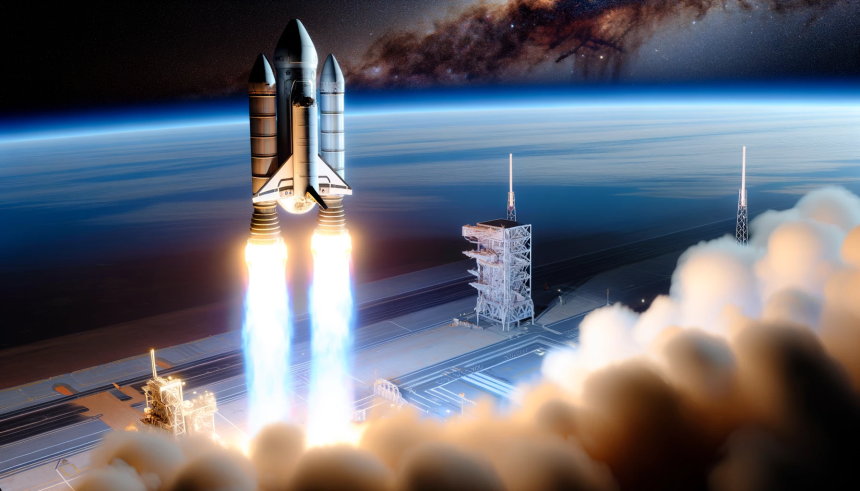In a significant move, NASA has tasked SpaceX with the development of a U.S. Deorbit Vehicle for the International Space Station (ISS). This vehicle will ensure the safe and controlled deorbit of the ISS, mitigating risk to populated areas on Earth. The ISS, which has been a hub of scientific research and international cooperation, is slated to end its operational life in 2030. This collaboration marks a strategic step as NASA aims to transition to commercially owned space destinations. Detailed information can be found on NASA’s official website.
NASA’s Strategic Decision
NASA has selected SpaceX to create and deliver the U.S. Deorbit Vehicle, a crucial component for deorbiting the ISS. This decision supports NASA’s goal of ensuring a safe transition in low Earth orbit as the operational life of the ISS concludes. Ken Bowersox, associate administrator for the Space Operations Mission Directorate at NASA Headquarters in Washington, highlighted the importance of this selection for future space exploration and commercial space endeavors.
Operational and Ownership Dynamics
SpaceX will develop the deorbit spacecraft, but NASA will assume ownership after its development and manage its mission. This mission aims to safely disintegrate the ISS during re-entry, preventing any potential hazards. The collaboration between NASA and SpaceX underscores a shared commitment to sustainable space operations and future commercial space destinations.
International Cooperation and Commitment
Since its inception in 1998, the ISS has been operated by five major space agencies: CSA, ESA, JAXA, NASA, and Roscosmos. Each agency has played a crucial role in maintaining the ISS, with the United States, Japan, Canada, and ESA countries committed to its operation through 2030. Russia has pledged to continue its support until at least 2028. The safe deorbit of the ISS is a collective responsibility of all five agencies, highlighting the importance of international cooperation in space exploration.
The $843 million single-award contract with SpaceX is a pivotal part of this mission, with further procurement required for the launch service of the deorbit vehicle. The ISS, now in its 24th year of continuous human presence, has been instrumental in conducting over 3,300 experiments in microgravity and contributing significantly to scientific advancements across various disciplines.
In earlier discussions, experts have emphasized the complexities involved in deorbiting such a massive structure. The ISS’s operational success has been a testament to international collaboration, making its safe deorbit equally important. SpaceX’s involvement marks a new chapter in leveraging commercial partnerships for space missions. This approach aligns with NASA’s broader objectives of fostering a burgeoning commercial space sector.
Comparing past information, the focus has shifted significantly toward commercial partnerships, reflecting changes in space policy and exploration strategies. Earlier, the emphasis was predominantly on governmental agencies, but recent developments illustrate a burgeoning reliance on private companies like SpaceX. This transition underscores the evolving landscape of space exploration, highlighting the importance of public-private partnerships in achieving long-term goals.
The ISS has long been a symbol of international cooperation, scientific research, and technological advancement. As NASA looks towards the future, the partnership with SpaceX for the deorbit vehicle represents a forward-thinking approach to managing space operations. This mission will not only ensure the safe conclusion of the ISS but also pave the way for new commercial space endeavors. The insights gained from the ISS will continue to benefit future space missions, making this transition a crucial step in the ongoing evolution of space exploration.










